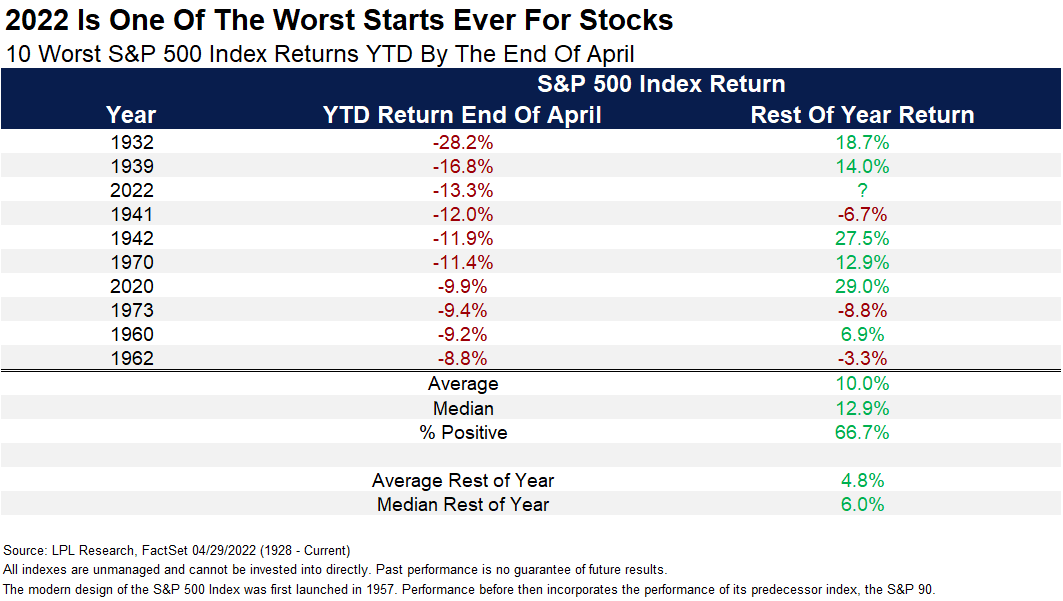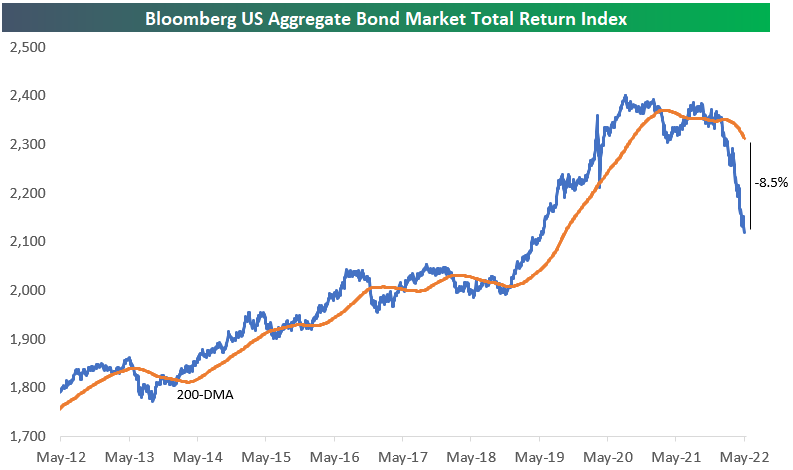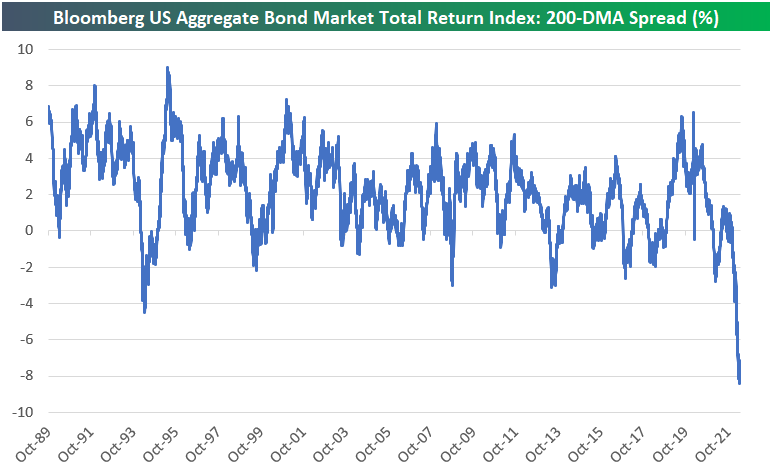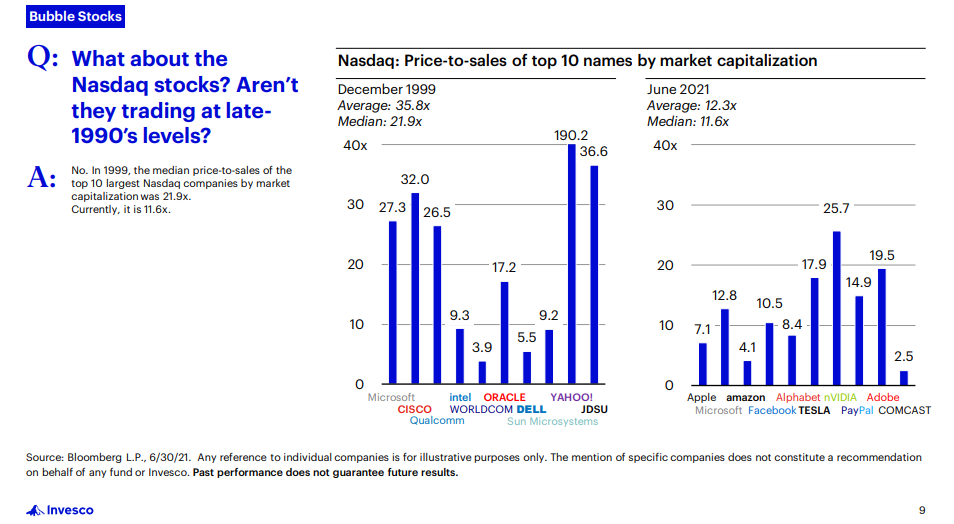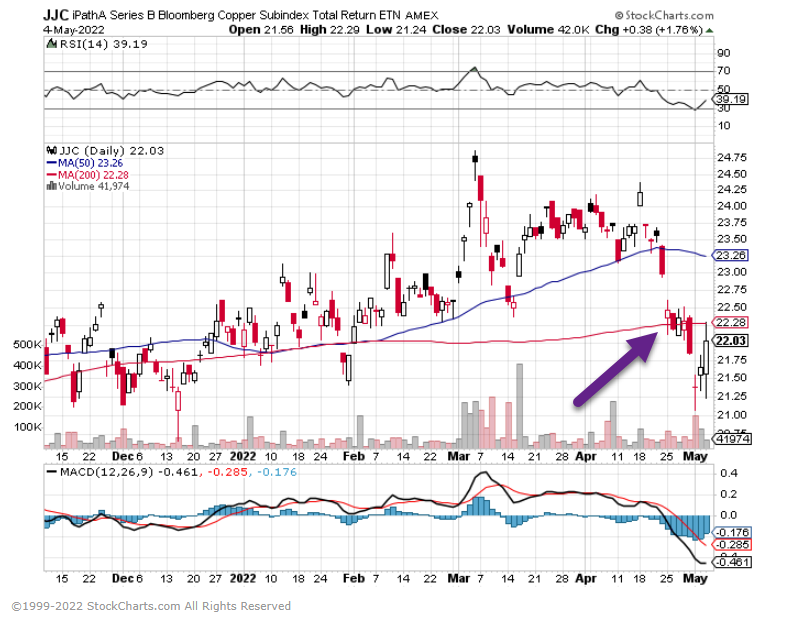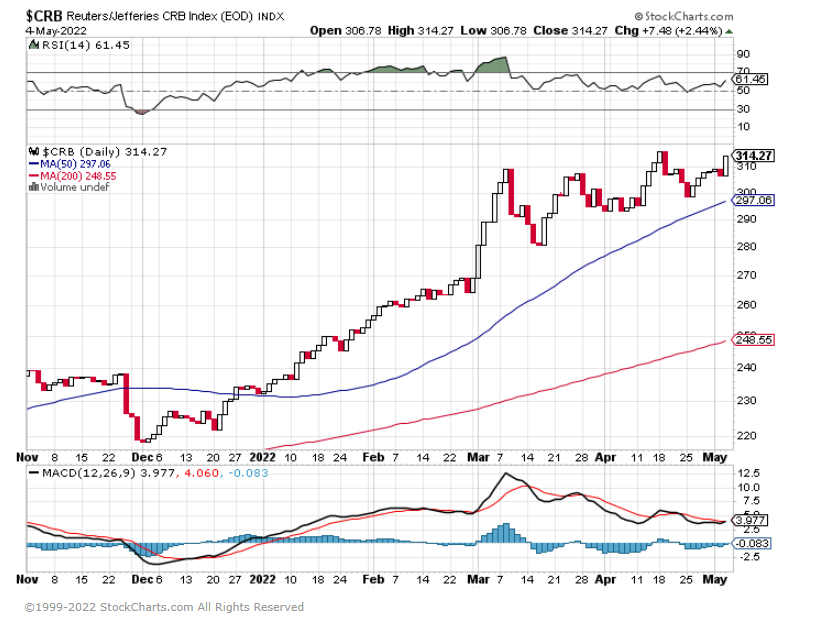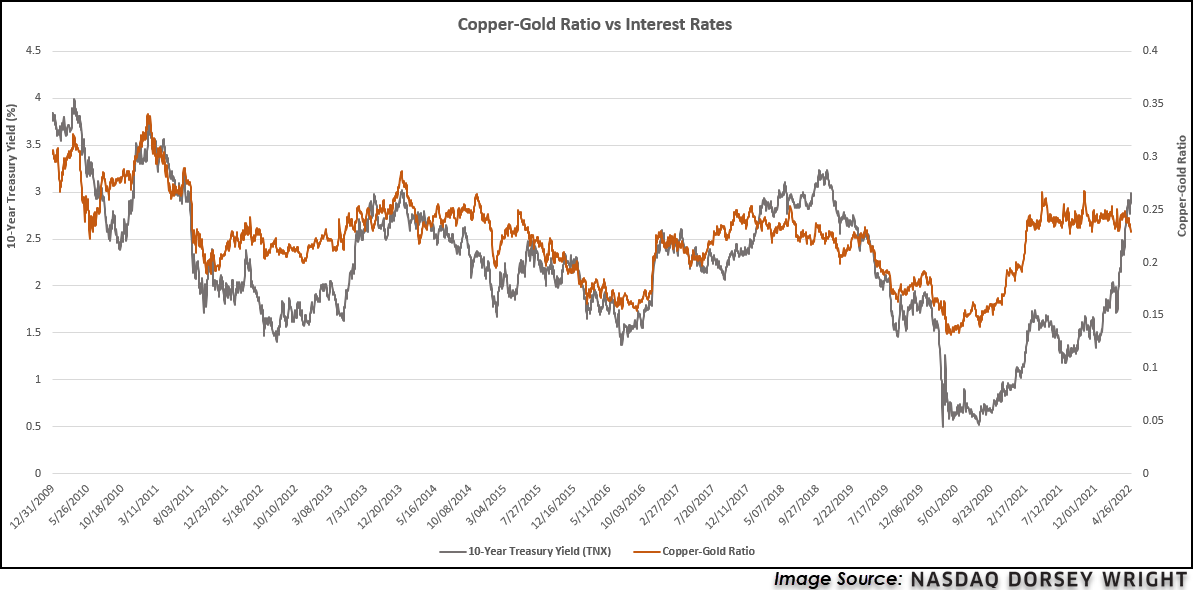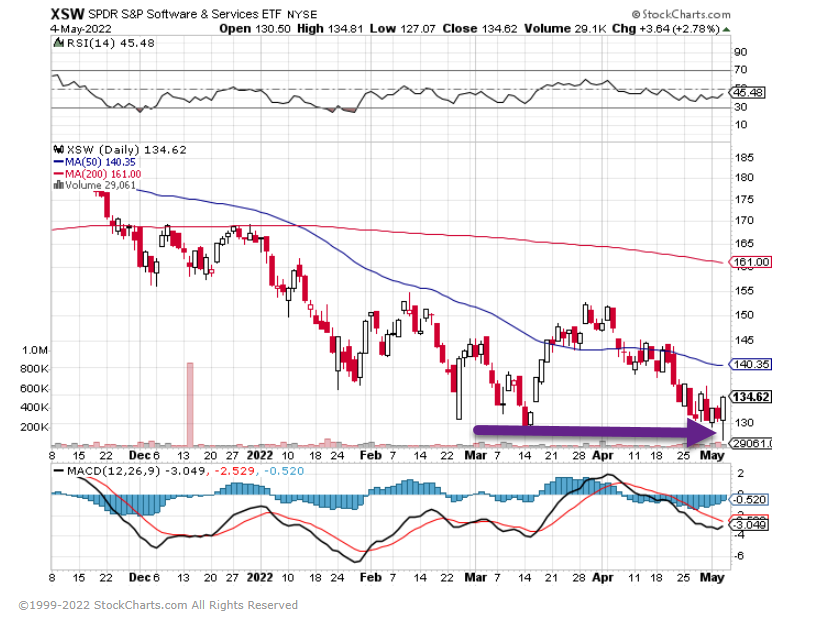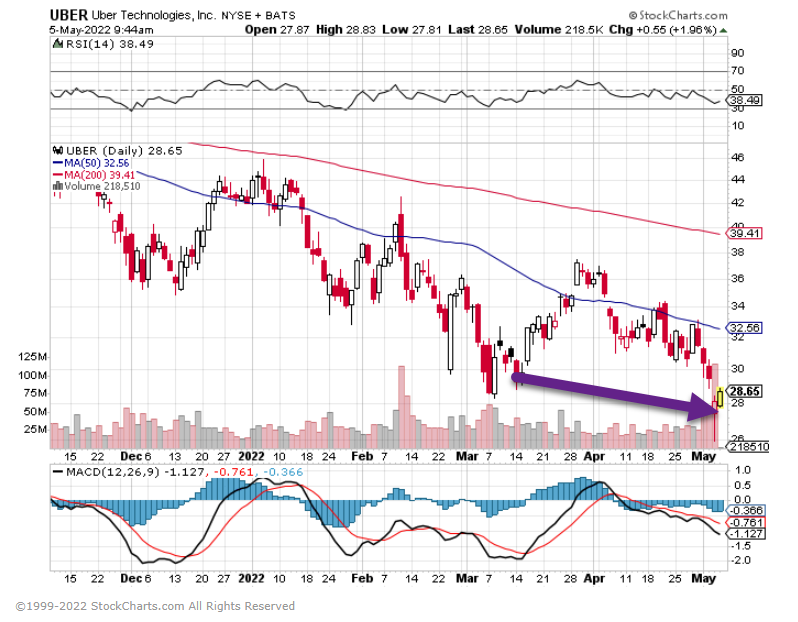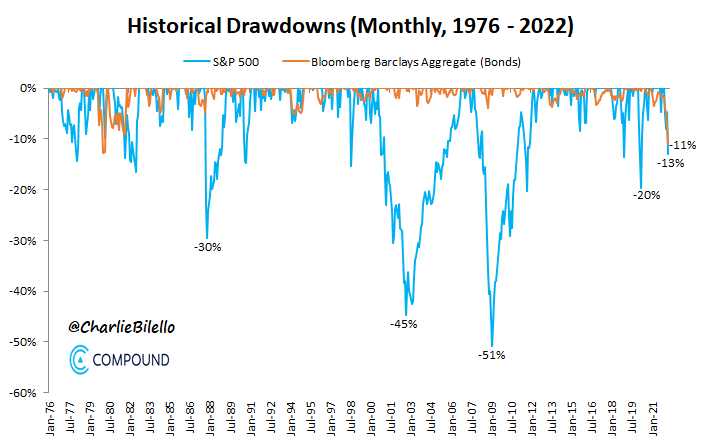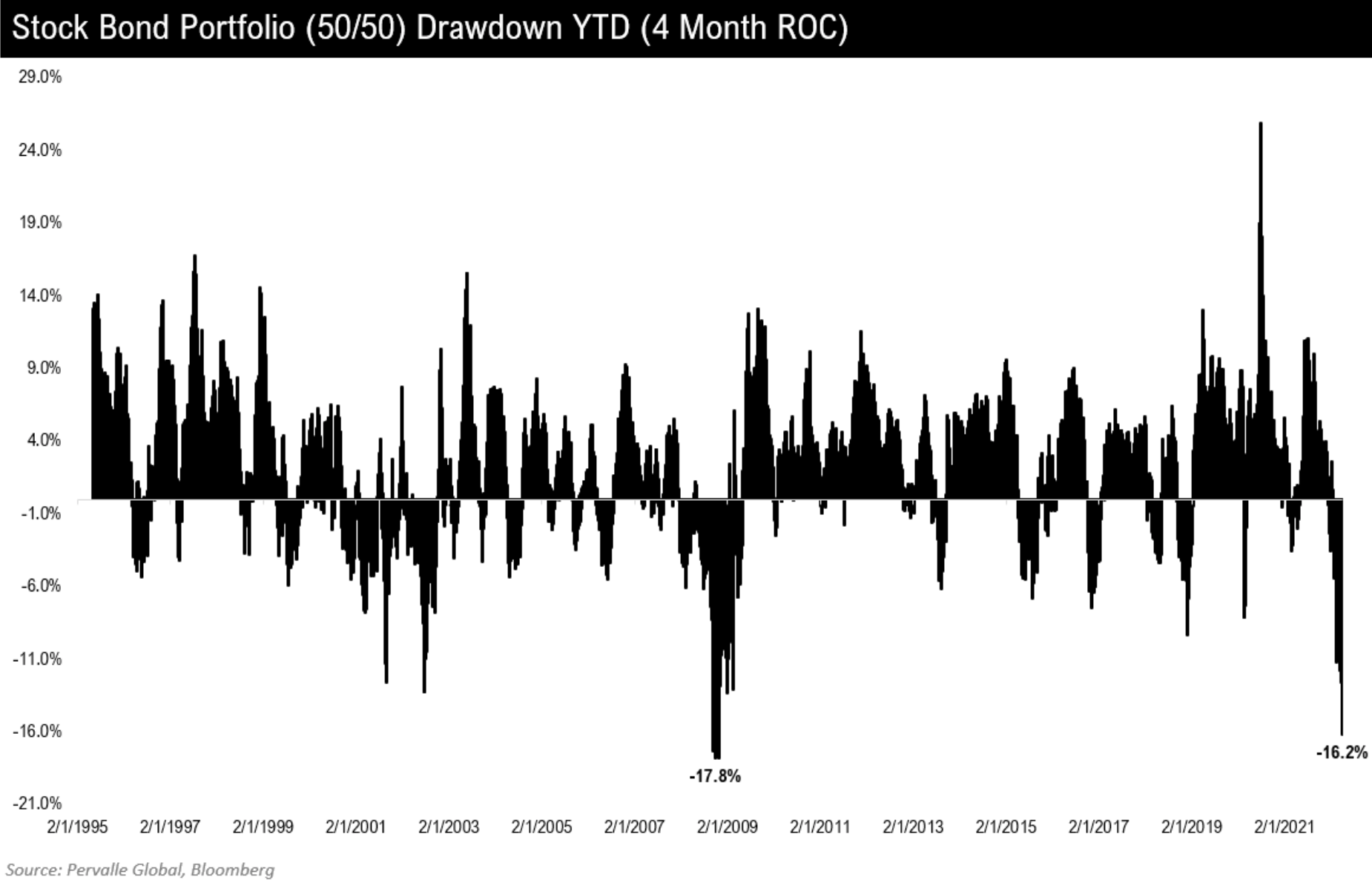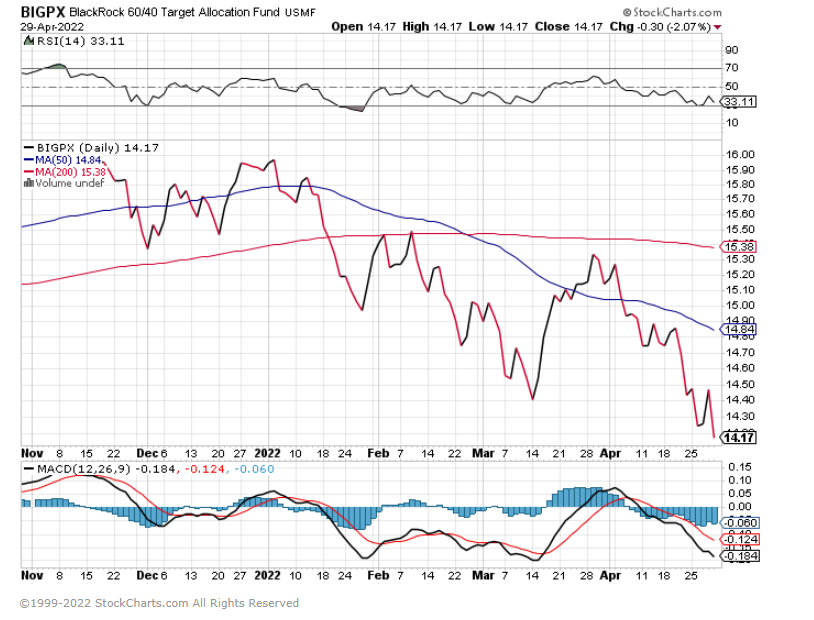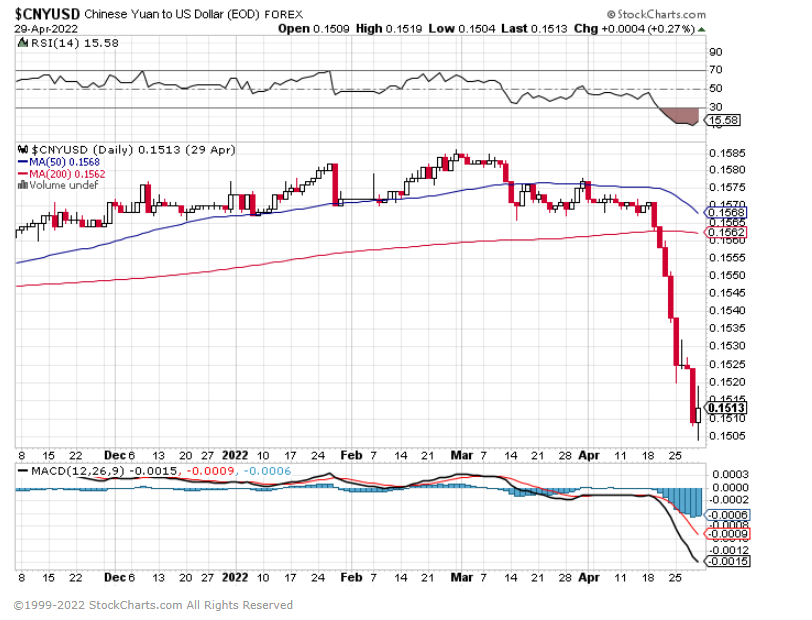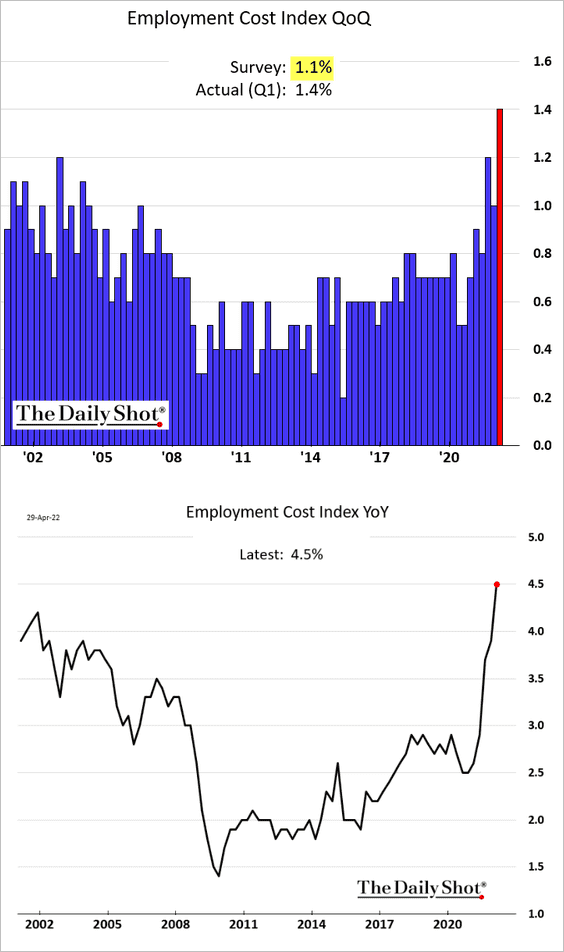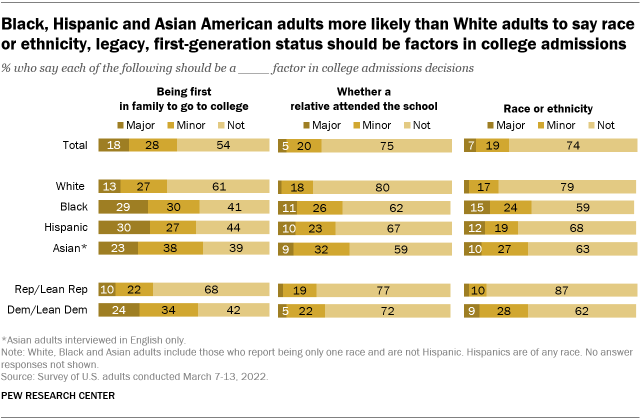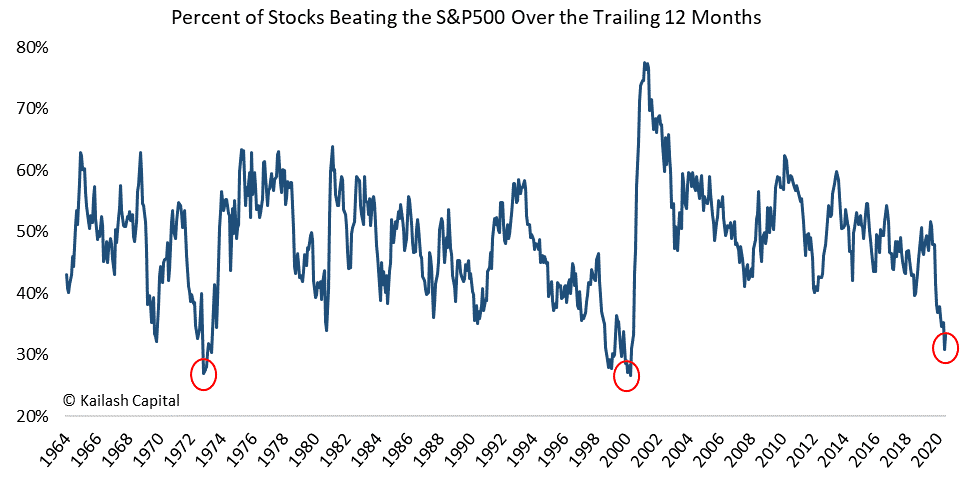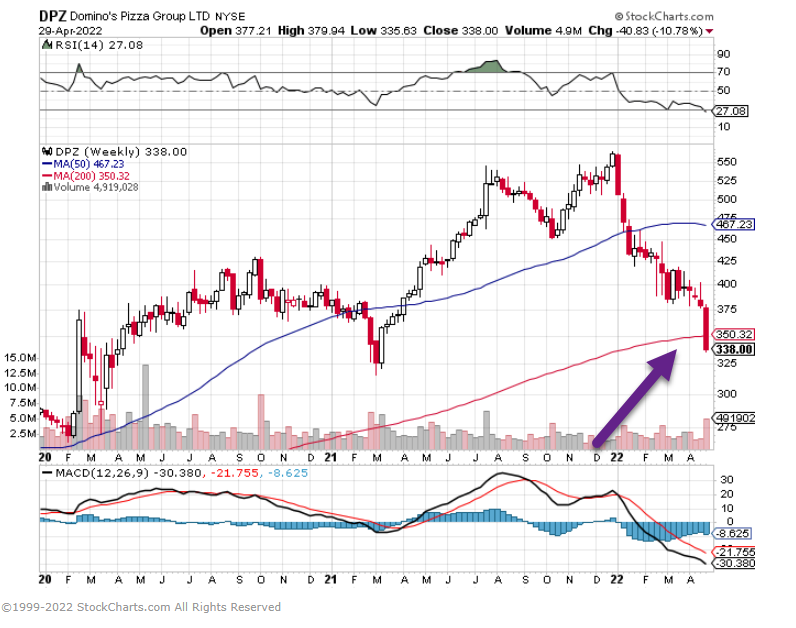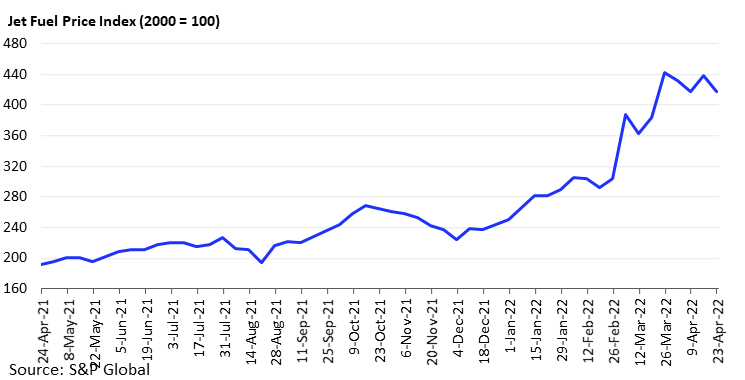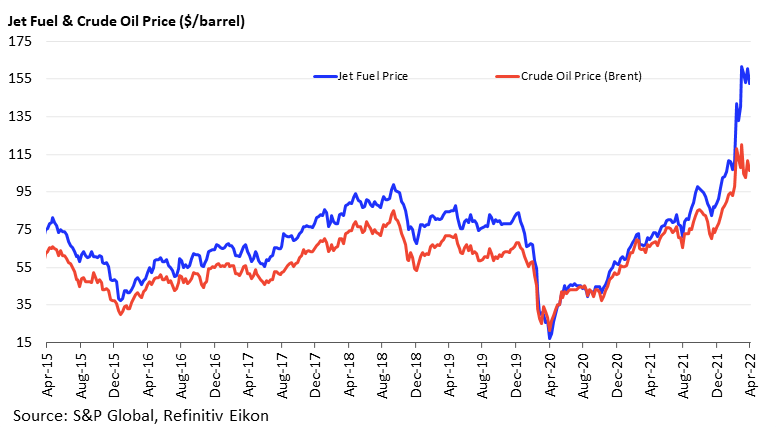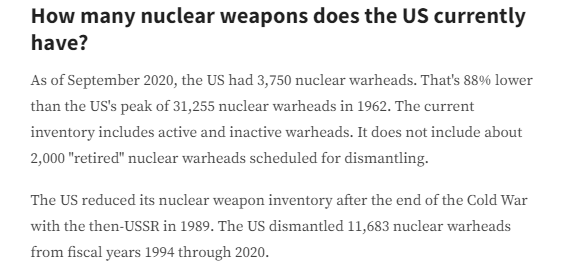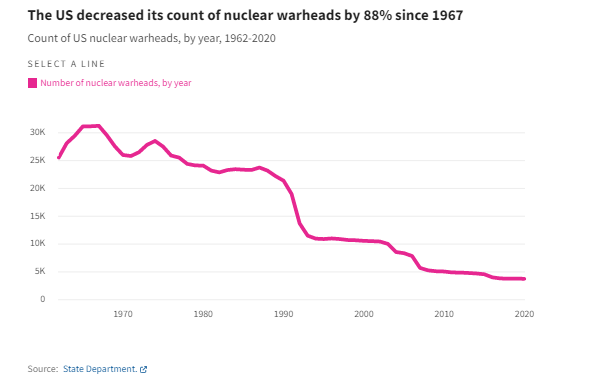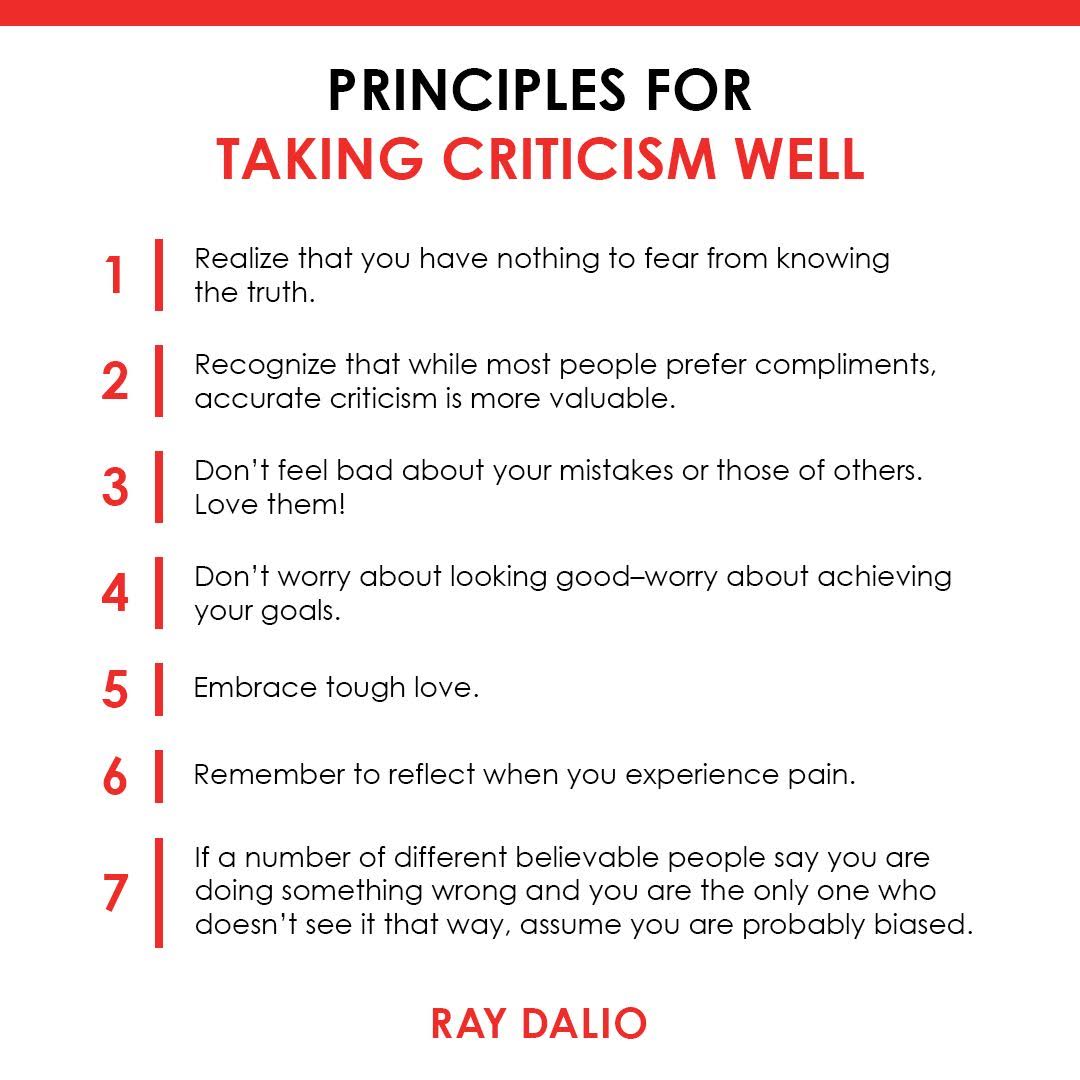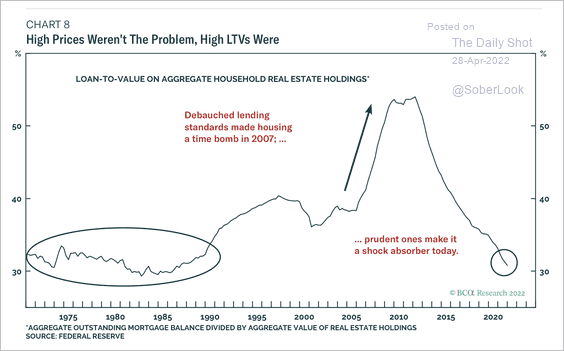1. 10 Year Treasury Yield Approaching Decade Highs
MacroTrends-10 Year Chart of 10 Year Treasury Yield

https://www.macrotrends.net/2016/10-year-treasury-bond-rate-yield-chart
2. IPO ETF Heading for Covid Lows
IPO -60%…back to mid-2020 levels

3. Small Cap Value -7.6%. YTD vs. Small Cap Growth -23%

4. Another Theme ETF Breaking Down….Robotics ETF -30%….Breaks Up Trend Line Going Back to 2015
See break of blue uptrend line going back 7 years

5. One-Year Returns…Bitcoin -41% vs. U.S. Dollar +14% vs. GOLD +2%

6. Ray Dalio Bubble Gauge Down Substantially from Highs
Ray Dalio-The latest readings from the “bubble indicator.”
As you know, I like to convert my intuitive thinking into indicators which I write down as decision rules (principles) that can be back-tested and automated to put together with other principles and bets created the same way to make up a portfolio of alpha bets. I have one of these for bubbles. Having been through many bubbles over my 50+ years of investing, about 10 years ago I described what in my mind makes a bubble and use that to identify them in markets—all markets, not just stocks.
I define a bubble market as one that has a combination of the following in high degrees:
- High prices relative to traditional measures of value (e.g., by taking the present value of their cash flows for the duration of the asset and comparing it with their interest rates).
- Unsustainable conditions (e.g., extrapolating past revenue and earnings growth rates late in the cycle when capacity limits mean that that growth can’t be sustained).
- Many new and naïve buyers who were attracted in because the market has gone up a lot so it’s perceived as a hot market.
- Broad bullish sentiment.
- A high percentage of purchases being financed by debt.
- A lot of forward and speculative purchases made to bet on price gains (e.g., inventories that are more than needed, contracted forward purchases, etc.).
The chart below shows the bubble gauge for the average of the most bubbly companies as defined in 2020. Readings for those companies are meaningfully down.

The charts below show the performance of a basket of emerging tech bubble stocks (what we call the “bubble slice”) versus the S&P 500. Prices have meaningfully declined and have given up most of their post-COVID gains.

The Popping of the Bubble Stocks: An Update
https://www.linkedin.com/
7. Just 35% of S&P 500 Stocks and 20% of Nasdaq Trading Above 200day Moving Average
WSJ


Best Read of Weekend…..WSJ-Once-popular trades fall out of favor as investors brace for further volatility
8. It’s Not 1999….See P/E Multiple Comparison

Seth Golden https://twitter.com/SethCL
9. No Recession at Kentucky Derby….Record Wagering.
Zerohedge-Wagering from all-sources on the Kentucky Derby Day program totaled $273.8 million, a 17% increase over 2021 and up 9% from the previous record in 2019 of $250.9 million. Wagering from all-sources on the Kentucky Derby race totaled $179.0 million, up 15% over 2021 and up 8% from the previous record of $165.5 million set in 2019. This year’s wagering record includes $8.3 million of handle wagered in Japan. -CDI
Here are the Kentucky Derby payouts:
21 – Rich Strike WIN: $163.60 PLACE: $
3 – Epicenter PLACE: $7.40 SHOW: $
10 – Zandon SHOW: $5.60
$2.00 Exacta 21-3 $4,101.20
$1.00 Trifecta 21-3-10 $14,870.70
$1.00 Superfecta 21-3-10-13 $321,500.10
10. The Top 5 Strengths People Wish They Had…
Psychology Today
Ryan M. Niemiec Psy.D.
Here are the top five strengths, starting with the fifth highest. Participants chose out of 24 universal strengths found across human beings (they could also choose “none of the above”).
5: Forgiveness
People wish they could be more forgiving. This makes perfect sense. The mental burden of holding onto resentment, anger, and hurt feelings can be overwhelming. Science informs us that forgiveness takes time. It is rarely “one and done.” This means we need to be patient with our forgiveness. We need to make it a practice of letting go, over and over.
· Science-based strategy from my Character Strengths Interventions book:
o After someone offends you, think about how the offender is a complex human being who needs to experience positive growth and transformation, rather than seeing them as “all bad.”
· After someone offends you, think about how the offender is a complex human being who needs to experience positive growth and transformation, rather than seeing them as “all bad.”
4: Creativity
People want to be more creative. They want to come up with more ideas. Their minds are often obstacles: “What will people think of what I created?” “What if I fail?” “How much will I lose?” I like that this strength was nominated so high because it reminds us that there is great value for our mental well-being if we can open ourselves to new ways of doing things, think of new solutions to our problems, and take novel action.
· Science-based strategy from my Character Strengths Interventions book:
o Develop divergent thinking. This means that when you have a problem, come up with multiple alternate solutions instead of searching for one “correct” solution. After you name a problem, brainstorm a list of ideas for potential solutions.
· Develop divergent thinking. This means that when you have a problem, come up with multiple alternate solutions instead of searching for one “correct” solution. After you name a problem, brainstorm a list of ideas for potential solutions.
3: Perseverance
People wish they did not give up so easily. The truth is – it is challenging to be perseverant. When we are trying to reach a goal, life happens: we feel mental fatigue, we feel physical fatigue, we have negative judgments, people trying to stop us, and daily life getting in the way. But, perseverance can overcome those obstacles. It is that inner voice that says, “keep going….keep swimming…don’t give up.”
· Science-based strategy from my Character Strengths Interventions book:
o As you work on a project, pay attention to how you have put forth good focus, effort, and energy with the task/project. Reward yourself when you “try your best,” instead of what most people do, which is to reward yourself when the goal is reached.
· As you work on a project, pay attention to how you have put forth good focus, effort, and energy with the task/project. Reward yourself when you “try your best,” instead of what most people do, which is to reward yourself when the goal is reached.
2: Bravery
People want to be braver. I hear this and see this – almost constantly, in my work as I interact with people across the globe. It is challenging to be brave enough to move out of one’s comfort zone, challenge the system or the status quo, speak an unpopular opinion, and face your fears. No one said bravery is easy. But we say that it is a pathway to being more authentic and helping your neighbor.
article continues after advertisement
· Science-based strategy from my Character Strengths Interventions book:
o As you consider using your bravery strength, focus on the outcome of the courageous act. For example, think of the person you would be helping or remind yourself of the goodness of the action you’d be taking.
· As you consider using your bravery strength, focus on the outcome of the courageous act. For example, think of the person you would be helping or remind yourself of the goodness of the action you’d be taking.
The most significant percentage of people said the main character strength they wished they had more of to help with their mental health is self-regulation. People want more self-control. This takes many forms – to have more control of your feelings, impulses, bad habits, and words.
People want more discipline in their life, but vices, old habits, and problem behaviors are ingrained, amorphous, hidden, confusing, and often victorious.
· Science-based strategy from my Character Strengths Interventions book:
o Start a daily self-monitoring log, using your smart-device or computer. Keep track of how you are feeling mentally each day. Track your food and drink intake, your activities, and the people you interact with. Make note of patterns that show up before you feel a certain way.
· Start a daily self-monitoring log, using your smart-device or computer. Keep track of how you are feeling mentally each day. Track your food and drink intake, your activities, and the people you interact with. Make note of patterns that show up before you feel a certain way.
These findings come from new research I conducted in preparation for a scientific paper I’ll be publishing later this year. I wanted you to have a sneak peek at a few of the many fascinating findings. Lots more to come!
· Science-based strategy from my Character Strengths Interventions book:
o After someone offends you, think about how the offender is a complex human being who needs to experience positive growth and transformation, rather than seeing them as “all bad.”
· After someone offends you, think about how the offender is a complex human being who needs to experience positive growth and transformation, rather than seeing them as “all bad.”
4: Creativity
People want to be more creative. They want to come up with more ideas. Their minds are often obstacles: “What will people think of what I created?” “What if I fail?” “How much will I lose?” I like that this strength was nominated so high because it reminds us that there is great value for our mental well-being if we can open ourselves to new ways of doing things, think of new solutions to our problems, and take novel action.
article continues after advertisement
· Science-based strategy from my Character Strengths Interventions book:
o Develop divergent thinking. This means that when you have a problem, come up with multiple alternate solutions instead of searching for one “correct” solution. After you name a problem, brainstorm a list of ideas for potential solutions.
· Develop divergent thinking. This means that when you have a problem, come up with multiple alternate solutions instead of searching for one “correct” solution. After you name a problem, brainstorm a list of ideas for potential solutions.
3: Perseverance
People wish they did not give up so easily. The truth is – it is challenging to be perseverant. When we are trying to reach a goal, life happens: we feel mental fatigue, we feel physical fatigue, we have negative judgments, people trying to stop us, and daily life getting in the way. But, perseverance can overcome those obstacles. It is that inner voice that says, “keep going….keep swimming…don’t give up.”
· Science-based strategy from my Character Strengths Interventions book:
o As you work on a project, pay attention to how you have put forth good focus, effort, and energy with the task/project. Reward yourself when you “try your best,” instead of what most people do, which is to reward yourself when the goal is reached.
· As you work on a project, pay attention to how you have put forth good focus, effort, and energy with the task/project. Reward yourself when you “try your best,” instead of what most people do, which is to reward yourself when the goal is reached.
2: Bravery
People want to be braver. I hear this and see this – almost constantly, in my work as I interact with people across the globe. It is challenging to be brave enough to move out of one’s comfort zone, challenge the system or the status quo, speak an unpopular opinion, and face your fears. No one said bravery is easy. But we say that it is a pathway to being more authentic and helping your neighbor.
article continues after advertisement
· Science-based strategy from my Character Strengths Interventions book:
o As you consider using your bravery strength, focus on the outcome of the courageous act. For example, think of the person you would be helping or remind yourself of the goodness of the action you’d be taking.
· As you consider using your bravery strength, focus on the outcome of the courageous act. For example, think of the person you would be helping or remind yourself of the goodness of the action you’d be taking.
The most significant percentage of people said the main character strength they wished they had more of to help with their mental health is self-regulation. People want more self-control. This takes many forms – to have more control of your feelings, impulses, bad habits, and words.
People want more discipline in their life, but vices, old habits, and problem behaviors are ingrained, amorphous, hidden, confusing, and often victorious.
· Science-based strategy from my Character Strengths Interventions book:
o Start a daily self-monitoring log, using your smart-device or computer. Keep track of how you are feeling mentally each day. Track your food and drink intake, your activities, and the people you interact with. Make note of patterns that show up before you feel a certain way.
· Start a daily self-monitoring log, using your smart-device or computer. Keep track of how you are feeling mentally each day. Track your food and drink intake, your activities, and the people you interact with. Make note of patterns that show up before you feel a certain way.
These findings come from new research I conducted in preparation for a scientific paper I’ll be publishing later this year. I wanted you to have a sneak peek at a few of the many fascinating findings. Lots more to come!
